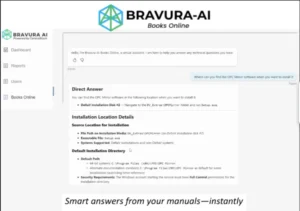The pharmaceutical industry stands at a pivotal moment: 30% of new drugs will be AI-discovered by 2025, yet 42% of clinical trials still hemorrhage budgets through costly overruns. Why this disconnect?
While generative AI excels at molecular design, it hits an invisible wall when forced to operate in fragmented data environments. These systems can’t cross-reference critical relationships like lab results against real-time bioreactor performance, automatically update SOPs when P&IDs evolve, or trace batch records to specific EMA/FDA compliance requirements. That is, unless your data ecosystem speaks a unified language.
This fragmentation creates tangible regulatory landmines. When quality control documents (trapped in PDFs), LIMS databases (locked in SQL), and SCADA systems (running on OPC protocols) operate in isolation, three destructive patterns emerge: AI models mis-predict toxicity profiles due to incomplete context, auditors flag dangerous data lineage gaps during inspections, and time-to-market slows by 25% as teams manually reconstruct evidence trails.
The solution isn’t more AI – it’s smarter data foundations. By implementing contextualized data fabric through PlantUnity by Bravura-AI, pharma leaders unify DeltaV tags, PDF reports, and SAP records e.g. into a single relational namespace. This creates actionable intelligence – like automatically mapping how a valve modification impacts sterilization protocols – delivering 90% faster audit preparation.
The path forward is clear: Unlock your stranded data to accelerate medicine’s future.
Contact Now




